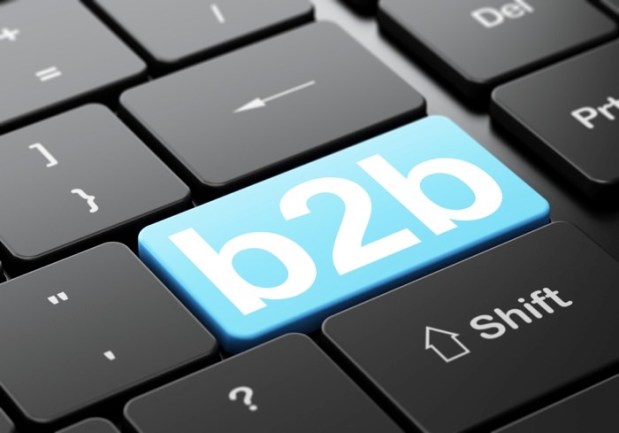B2B Gets Hit Harder Than B2C When Customers Balk

An angry consumer may take to message boards and social media to lash out at businesses that disappoint – and they may take their business elsewhere. But a recent study finds B2B firms have more to lose than their B2C brethren if they don’t offer up service with more than a smile.
Conventional wisdom holds that the customer is always right. Hence, in the business world, any company worth its salt spends a lot of time listening to, and at times deferring to, the whims of what may be delicately defined as a “fickle buyer.”
That’s the B2C service dialogue in a nutshell. But often overlooked is the service relationship between businesses. In the B2B realm, according to a recent survey by Gallup, the need for a sterling service commitment remains at least as important as in B2C, and possibly more so, as businesses catering to other enterprises may have relatively more to lose. They have fewer customers, and the loss of even a single client may have “catastrophic consequences,” according to the polling firm, with an attendant significant loss of revenues, possibly in the millions of dollars.
The coin is not one-sided. If B2B suppliers can see negative financial impact on the heels of service problems, they also have more to gain when they are successful at managing, measuring and fine-tuning their customer relationships. Gallup noted that in its research, among what it termed “world-class” firms, defined as those companies at the ninetieth percentile for stemming their “problem incidence rate,” a scant 6 percent of their customers had problems so far this year.
One finding that may surprise B2B and B2C observers: Though Gallup found that B2B companies have had fewer problems than had been seen in past years, they have measurably more problems and variance in performance across their various business units than have been seen in B2C. Of a recent survey across its customer engagement database, Gallup said that 20 percent of B2B organizations saw problem incidences, compared to 18 percent among B2C. And B2B outfits do a worse job of handling customer problems effectively. The end result? B2B customers are less engaged than B2C customers.
It’s important to recognize inherent differences in the mindsets between B2C and B2B customers. In the case of the former, instant gratification is key, with the decision resting with one party, or individual, generally on a smaller scale measured in timeframe and cash outlay. But B2B customers usually have to buy a single good or service across an entire company or subdivision. That’s a decision made by committee, with a longer buying cycle, but a much bigger purchase, too — and it carries higher expectations for service.
Gallup says that when problems do occur, the best B2B performers make them into opportunities to cement customer relationships. Clearly defined strategies are invaluable, with a focus on understanding the impact of a service problem or interruption on the client company and its own end customers. Solutions must be tailored to the affected party’s organizational culture and structure. There should be a deep understanding of the customer’s industry at large and the day-to-day workflow. Perhaps superseding all this is a mindset in which B2B customers are treated like partners.
Gallup noted that errors or outright service failures may not always be in play. Rather, there can be a lack of communication, for example, with a customer buying center or other corporate decision-making locales — and stronger communication channels lead to collaborative problem-solving and negotiation. Among potential salves: a single contact person on an account team and communication that is comprehensive and cuts across “silos” within a given business — and, ultimately, an employee base that is proactive, dedicated and knowledgeable.
Communication must also be targeted to senior leaders and decision-makers who are frequently in the know about resources that can marshal service recovery and continued customer engagement on a business and even emotional level, according to Gallup.
